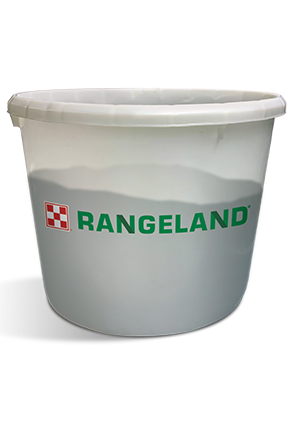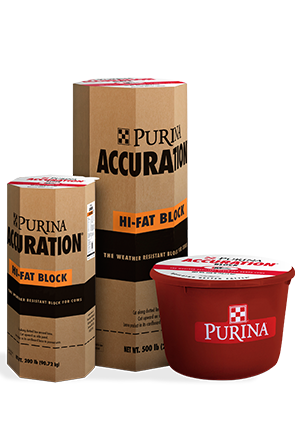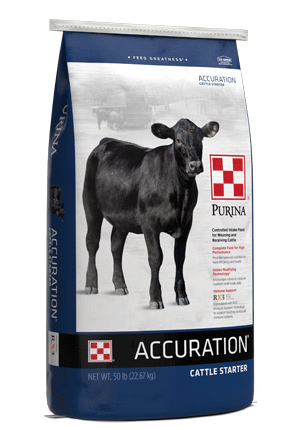
Manage Your Cattle Feedstuffs by Forage Testing
Management : Cow & Calf
Nutrition : Forage
Forage testing can give producers the tools they need to make significant decisions on cattle nutrition.
It can provide a snapshot of a producer’s given forage resources at a given point in time, and allows for balancing the diet accordingly with additional supplements or feeds as necessary. While some producers balk at the cost or simply don’t take the time to complete a test, a forage test can actually lead to a more profitable feeding strategy.
There are two economic reasons that all producers should be forage testing. One is that a test can tell us if we’re over-supplementing, which would cost us in the form of extra supplement that’s not needed. The other is that it can tell us if we’re under-supplementing, which will cost us herd performance and profitability.
A basic near infrared reflectance (NIR) analysis forage test can run between $15 and $25. We recommend testing forages throughout the year and getting as representative a forage sample as possible.
If we’re talking about stored or harvested forage, we want to test as close to feeding that forage as we can.
The moisture or dry matter can change over time, so we want to test close to when we’re going to feed it so we can develop our supplementation strategy based on the latest test results. That may require taking multiple tests throughout the year for different forage batches.
We also want to make sure we’re getting as representative of a sample of that lot of hay or forage as we can.
NIR analysis works well for standard forages, but for less-common forages producers may want to consider using a wet chemistry test, which is more expensive ($30-40) but can provide lab analysis and testing for more specific results.
For pasture and grazing land testing, we recommend testing in late summer and into the fall as pasture quality declines and forages become dormant.
If we’ve got stockpiled or dormant forages to use, going into fall is when we’re going to see the most benefit of testing standing forages. From there, your nutritionist or sales representative can help create or modify a supplementation program to make the most of your feed investment and maintain herd performance.
Did you know supplements can also be used to guide cattle grazing? Learn more about supplements.
Does your nutrition program stack up? Find out with a Proof Pays feeding trial.
It can provide a snapshot of a producer’s given forage resources at a given point in time, and allows for balancing the diet accordingly with additional supplements or feeds as necessary. While some producers balk at the cost or simply don’t take the time to complete a test, a forage test can actually lead to a more profitable feeding strategy.
There are two economic reasons that all producers should be forage testing. One is that a test can tell us if we’re over-supplementing, which would cost us in the form of extra supplement that’s not needed. The other is that it can tell us if we’re under-supplementing, which will cost us herd performance and profitability.
A basic near infrared reflectance (NIR) analysis forage test can run between $15 and $25. We recommend testing forages throughout the year and getting as representative a forage sample as possible.
If we’re talking about stored or harvested forage, we want to test as close to feeding that forage as we can.
The moisture or dry matter can change over time, so we want to test close to when we’re going to feed it so we can develop our supplementation strategy based on the latest test results. That may require taking multiple tests throughout the year for different forage batches.
We also want to make sure we’re getting as representative of a sample of that lot of hay or forage as we can.
NIR analysis works well for standard forages, but for less-common forages producers may want to consider using a wet chemistry test, which is more expensive ($30-40) but can provide lab analysis and testing for more specific results.
For pasture and grazing land testing, we recommend testing in late summer and into the fall as pasture quality declines and forages become dormant.
If we’ve got stockpiled or dormant forages to use, going into fall is when we’re going to see the most benefit of testing standing forages. From there, your nutritionist or sales representative can help create or modify a supplementation program to make the most of your feed investment and maintain herd performance.
Did you know supplements can also be used to guide cattle grazing? Learn more about supplements.
Does your nutrition program stack up? Find out with a Proof Pays feeding trial.





